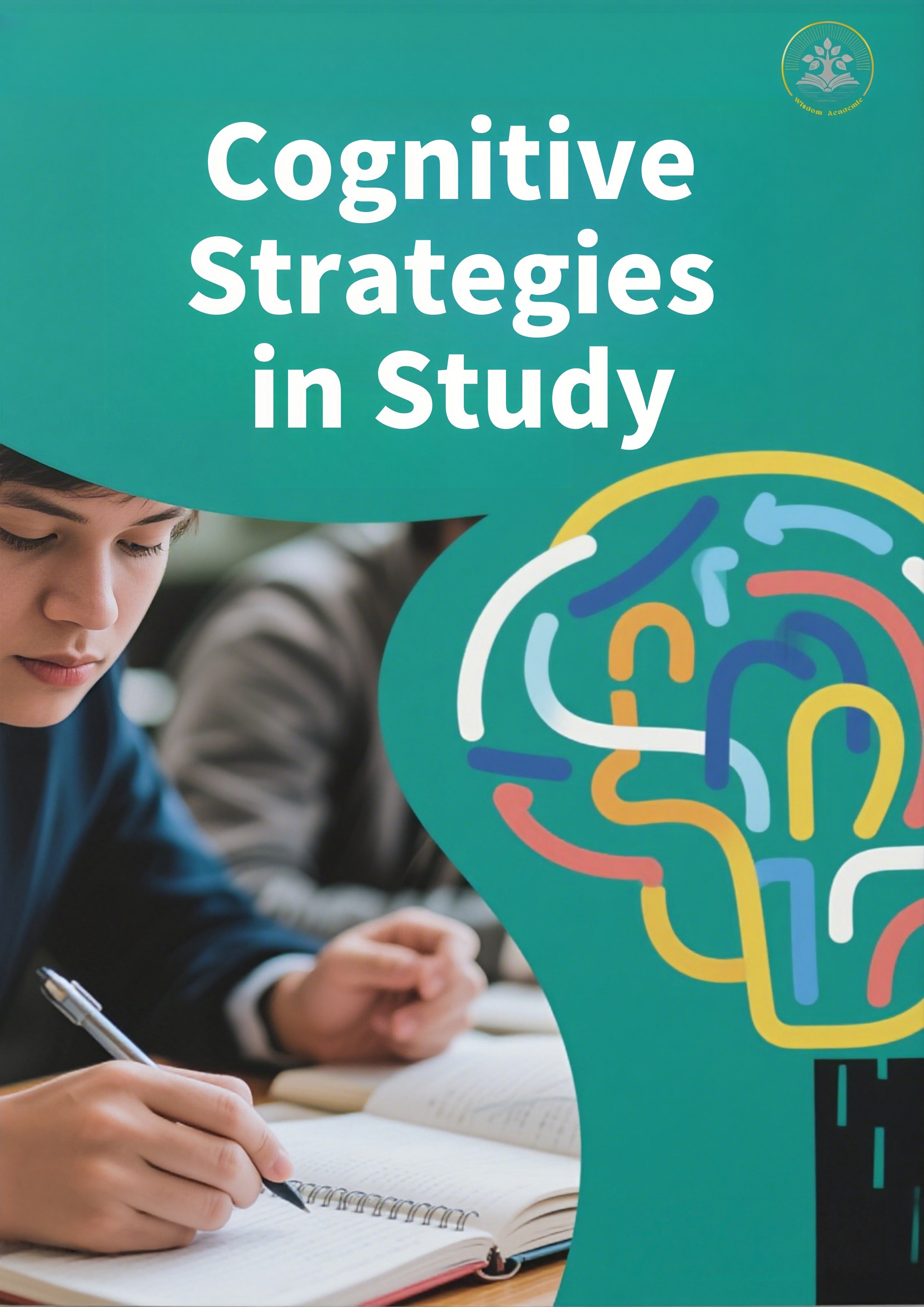Abstract
This research analyses optimal pathways for structuring memory strategies for middle school learners through the prism of educational neuroscience, utilising functional near-infrared spectroscopy (fNIRS) to track prefrontal cortical activation during authentic learning in classroom environments. A quasi-experimental design was employed with a sample of 120 subjects to assess spatial memory technique; mind mapping; and peer tutoring within project-based learning and flipped classroom frameworks. The innovative three-dimensional “Strategy Selection-Cognitive Load-Knowledge-Retention” assessment model which integrated neurophysiological data with behavioural outcomes evaluated the efficacy of strategies in a holistic manner and beyond graspable limits. Distinct patterns of neural activation were found including highest dorsolateral prefrontal activation (ΔHbO₂ = 0.42 ± 0.08 μM) with spatial memory techniques whereas peer tutoring resulted in better long-term retention (78.9% at 4-weeks) but lower cognitive load. Mind mapping with intermediate results indicated greater adaptability across all contexts compared to other learners. Structural equation modelling confirmed cognitive load as a significant mediator between strategy selection and knowledge retention (β = -0.42, p < 0.001) while neural efficiency acted as a moderator to these relationships. These findings enhance the understanding of the neurocognitive mechanisms of the effectiveness of memory strategies and offered personalised learning tailored strategies based on objectives criteria. Combining real-time neural assessment with traditional approaches can drastically change educational methods grounded on objective neurobiological measures.
References
[1]She, Y. (2023). The impacts of learning motivation, emotional engagement, and psychological capital on academic performance in a blended learning university course. Frontiers in Education, 15:1357936.
[2]Lee, J. W., & Jung, M. W. (2025). Memory consolidation from a reinforcement learning perspective. Frontiers in Computational Neuroscience, 18:1538741.
[3]Abraham, A. G. (2024). The Creative Brain: Myths and Truths. Cambridge Elements in Creativity and Imagination. University of Georgia Press.
[4]Delisle-Rodriguez, D., de Oliveira Junior, H. L., da Silva, J. C., de Souza, M. L., Bastos, T., Nakamura-Palacios, E. M., et al. (2023). An EEG-fNIRS hybridization technique in the four-class classification of Alzheimer's disease. Journal of Neuroscience Methods, 336:108618.
[5]Lee, T., & Chan, A. S. (2024). fNIRS as a biomarker for individuals with subjective memory complaints and MCI. Alzheimer's & Dementia.
[6]Shi, Y., et al. (2023). Effects of mind mapping-based instruction on student cognitive learning outcomes: a meta-analysis. Educational Research Review, 38:100452.
[7]Sandrone, S., Berthaud, J. V., Carlson, C., Cios, J., Dixit, N., Farheen, A., & Schneider, L. D. (2023). Strategic considerations for applying the flipped classroom to neurology education. Annals of Neurology, 87(1), 4–9.
[8]Ganfornina, M. D., Diez-Hermano, S., & Sanchez, D. (2023). Flipped classroom in neurophysiology: performance analysis of a system focusing on intrinsic students' motivation. Frontiers in Physiology, 14:1308647.
[9]Berkowitz, A. L., & Chang, B. S. (2024). Development and implementation of a case-based collaborative learning flipped classroom preclinical neurology course. Journal of the Neurological Sciences, 460:122326.
[10]Zhang, F., Wang, H., Zhang, H., & Sun, Q. (2024). The landscape of flipped classroom research: a bibliometrics analysis. Frontiers in Education, 9:1165547.
[11]Real time detection of cognitive load using fNIRS: A deep learning approach. (2024). Biomedical Signal Processing and Control, 86:104814 .
[12]Mental workload and neural efficiency quantified in the prefrontal cortex using fNIRS. (2023). Scientific Reports, 13:8156.
[13]Jiahuan, Z., Yongyan, Y., Zhenfang, L., & Yulai, G. (2024). Brain activation patterns in patients with post-stroke cognitive impairment during working memory task: a functional near-infrared spectroscopy study. Frontiers in Neurology, 15:1419128.
[14]Gkintoni, E., Antonopoulou, H., Sortwell, A., & Halkiopoulos, C. (2025). Challenging Cognitive Load Theory: The Role of Educational Neuroscience and Artificial Intelligence in Redefining Learning Efficacy. Brain Sciences, 15(2):203.
Exploring the dynamics of prefrontal cortex in the interaction between orienteering experience and cognitive performance by fNIRS. (2024). Scientific Reports, 14:14918.

